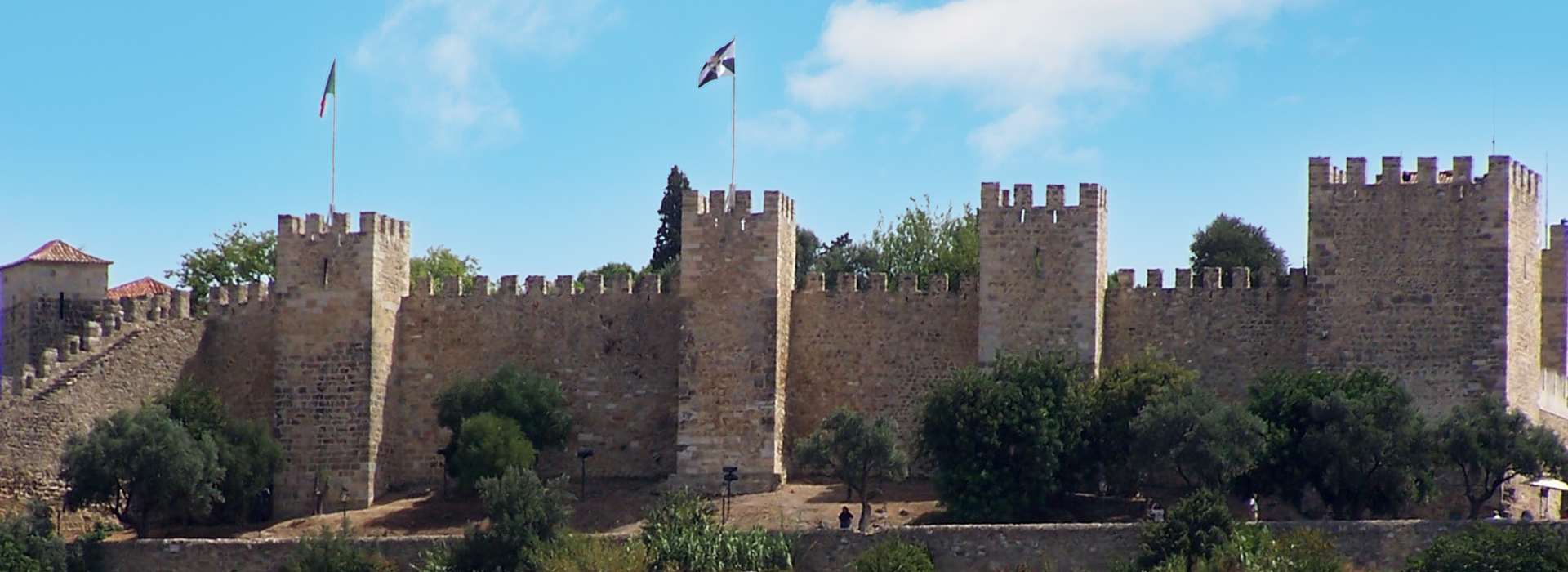
History
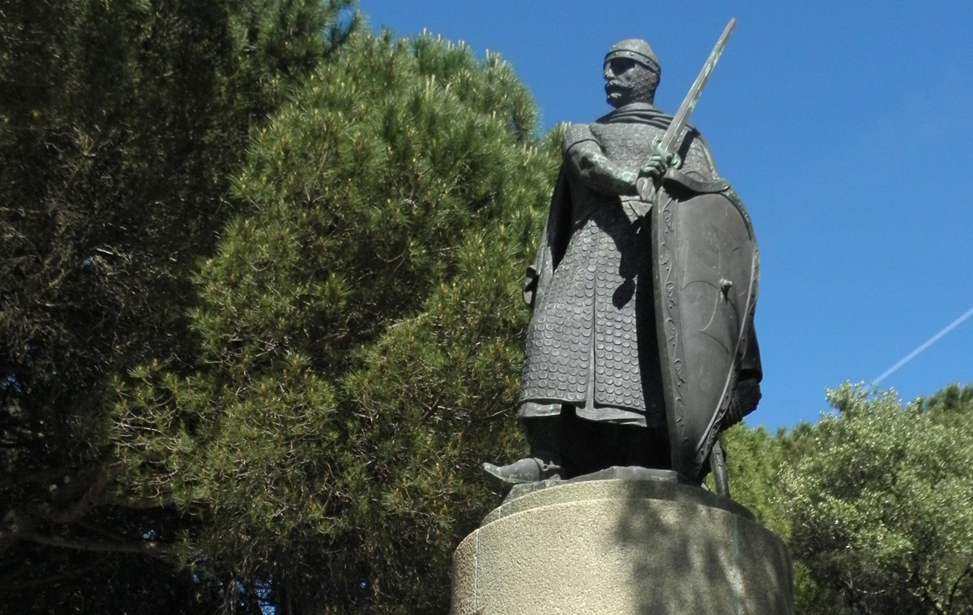
The present fortification layout was laid down by the Moors, during the mid 11th century. They were a line of defence for residents within the citadel, including the Moorish governor who had his palace here with his administrators.
Dom Afonso Henriques took Lisbon from the Moors on the 25th of October 1147 AD. A local legend attributes breaching the walls to Martim Moniz, an English Knight fighting for Afonso. During the attack on the castle, he noticed one of the doors was open and prevented the Moors from closing the door by throwing his body into the opening, allowing the Christian army to enter. This heroic deed cost him his life. Martim Moniz has a metro station named after him for his efforts.
The statue of Afonso Henriques, presented by the city of Porto, was installed on the 25th of October 1947 during restoration work of the site. On the 22nd of August 2006, Direcção Regional de Cultura Lisboa (DRCLisboa) defined a special protection zone, that included the Castle of São Jorge and the rest of the walls of Lisbon.
About
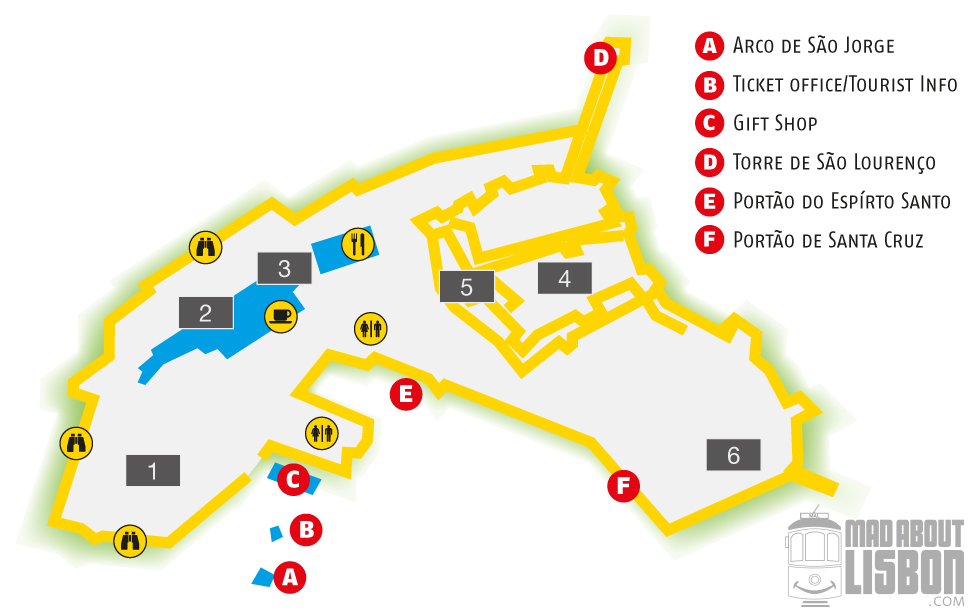

1
Praça de Armas viewpoint
As you enter the grounds of the castle you will encounter the Praça de Armas courtyard where the statue of Alfonso Henriques stands guard. The panoramic views over the walls are breathtaking, be sure your camera has sufficient disk space and battery life, you'll need it. Southernly views span the river Tagus and the Ponte 25 de Abril bridge, whilst the statue of Cristo Rei stares back at you on the opposite bank. Birds eye views over the squares of Praça do Comérçio, Rossio and Praça Figueira. On the opposite hill, you can see the remains of the Carmo Convent and the Santa Justa elevator. This is an ideal spot to familiarise yourself with the city's landmarks and to get your bearings.
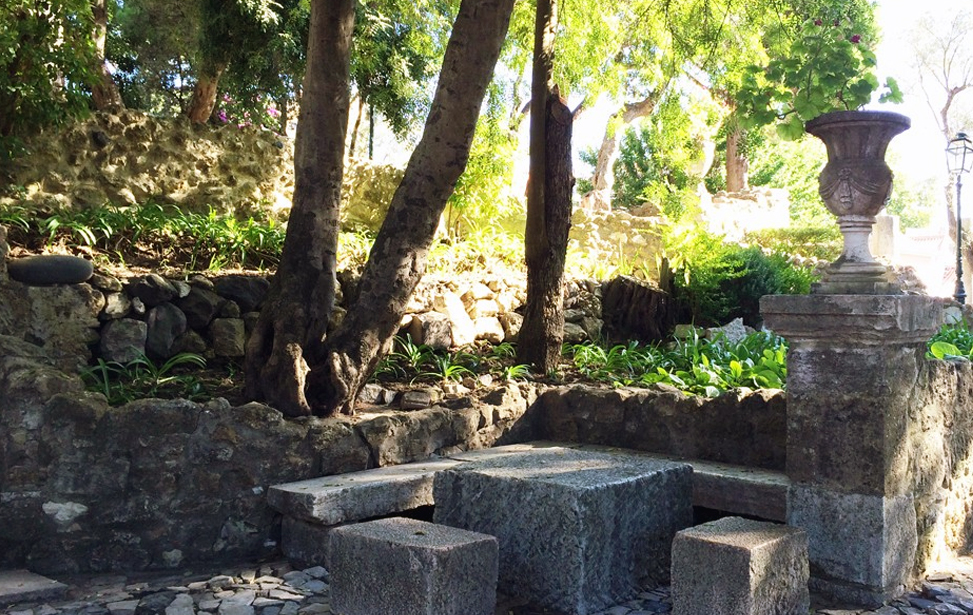
2
Ruins of the former royal palace of the Alcáçova
Most of the royal palace of the Alcáçova was destroyed in the 1755 earthquake. A few rooms have been rebuilt, like the Casa Ogival and now houses the Olissipónia multimedia show. This 30-minute presentation highlights the dramatic and turbulent history of Lisbon, from its birth as Olisipo to the present day. Also within the buildings is the Café and a Restaurant. On the periphery, the Romantic Garden and patios can be found which also display some architectural features that were part of the royal residence.

3
Permanent exhibition
Open to the public this exhibition displays a collection of finds from the Archaeological site and provides an insight into the various cultures and lifestyles from the 7th century BC to the 18th century, with a particular emphasis on the Moorish period from the 11th & 12th centuries.

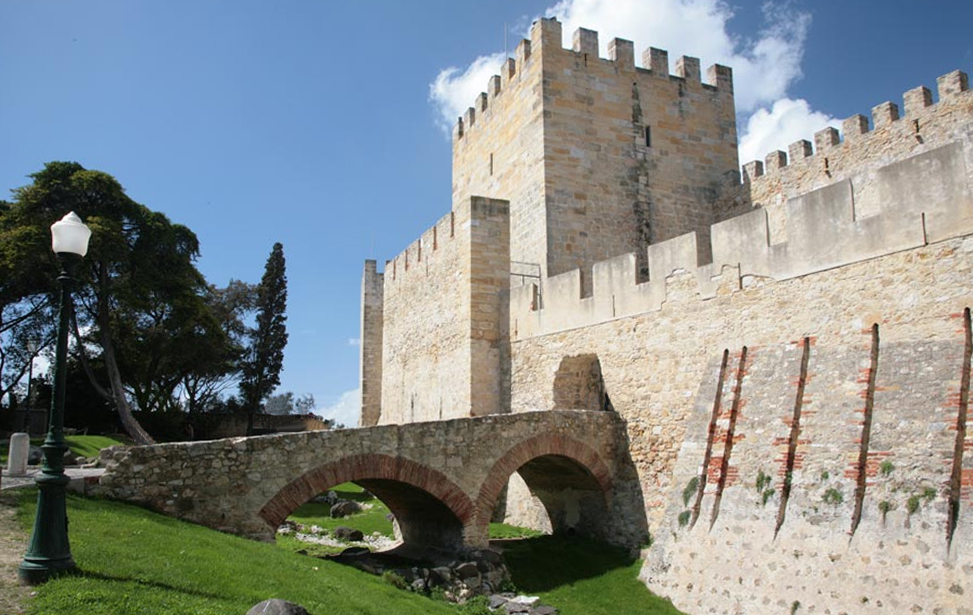
4
The Castle
Much of the castle walls are from the original Moorish construction. They can be accessed via a series of steps. You will be rewarded with the amazing views at the top. As you walk around the ramparts, you'll encounter the eleven remaining towers. The most outstanding are the Torre de Menagem (Tower of the Keep), Torre do Haver ou do Tombo (Tower of Riches or Tumbling Tower), Torre do Paço (Tower of the Palace), Torre da Cisterna (Tower of the Cistern) and the Torre de São Lourenço (Tower of St. Lawrence).
The Tower of Ulysses (originally the Torre do Tombo archive) has a Camera Obscura (see right) and gives visitors a 360º panoramic view over the city. The courtyard is divided into two by a large tower and a connecting door; it's not unusual to see a guitarist sat in one of the courtyards playing soothing music which resonates around the walls. Ruins of older structures and a cistern remain in a second courtyard. Also found here is a small door on the northern wall called the Door of Treason which allowed secret messengers to enter or exit when needed. Descending downhill of the south-eastern flank of the main structure is a barbican, a low wall that was designed to prevent siege engines from approaching the main castle walls.
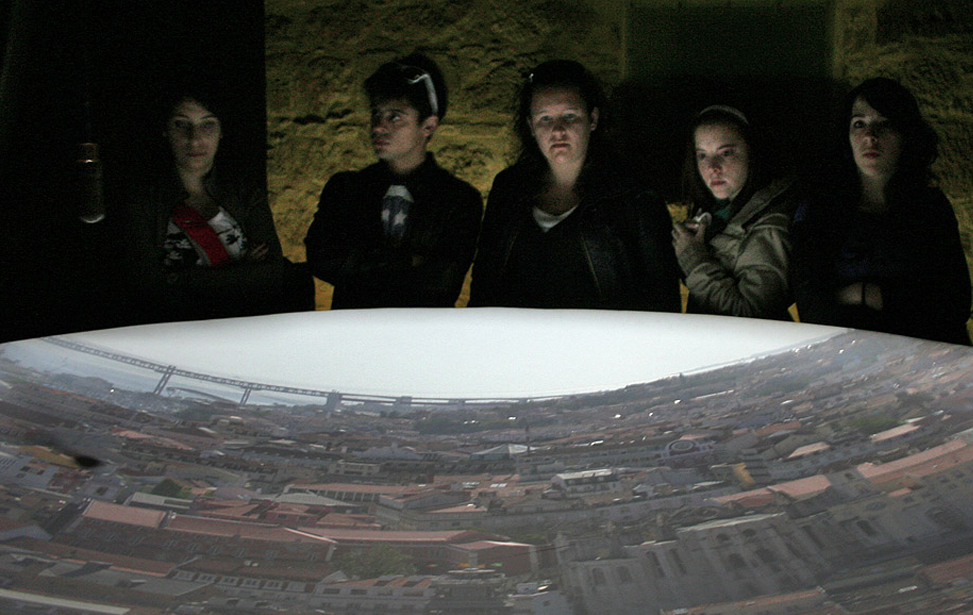
5
Camera Obscura
Inside the Torre de Ulysses (Tower of Ulysses), the former home of the royal archives, can be found the camera obscura. This ancient optical device provides a projected 360º detailed views of the city. With the use of lenses and mirrors, viewers are treated with a unique view of Lisbon's monuments, over the river and bridge and the hubbub of Lisbon itself.
10h00 - 17h00

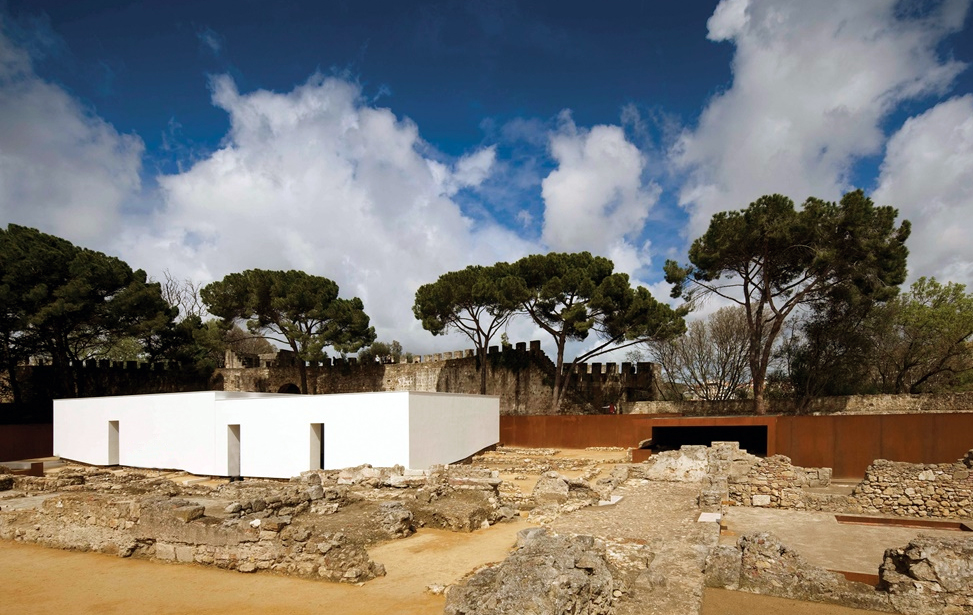
6
Archaeological site
A long rampart leads down from the citadel to the archaeological ruins. They date back to three separate important periods of the area: (1) the first known settlements dating back to the 7th century BC; (2) the remnants of the Moorish era residential area, from the time of the castle's construction in the mid-11th century; (3) the ruins of the last palatine residence in the former Alcáçova, destroyed by the earthquake of 1755. Extensive archaeological excavation of the site began in 1996. The most significant artefacts were removed, restored and now exhibited at the Castle"s Permanent exhibition, leaving some of the site exposed and some musealised inside a protective structure.
Summer: 09h00 - 21h00 , Winter: 09h00 - 18h00
Adult: €10.00, OAP: €8.50, Concessionary: €5.00, Child 0-12: FREE
Getting There
737 | 12, 28
Contact Details
Castelo de S. Jorge, 1100-129 Lisboa, Portugal.
38° 42' 50.5"N | 09° 08' 00.5"W
+351 218 800 620
info@castelodesaojorge.pt | Website
Surrounding the Castle
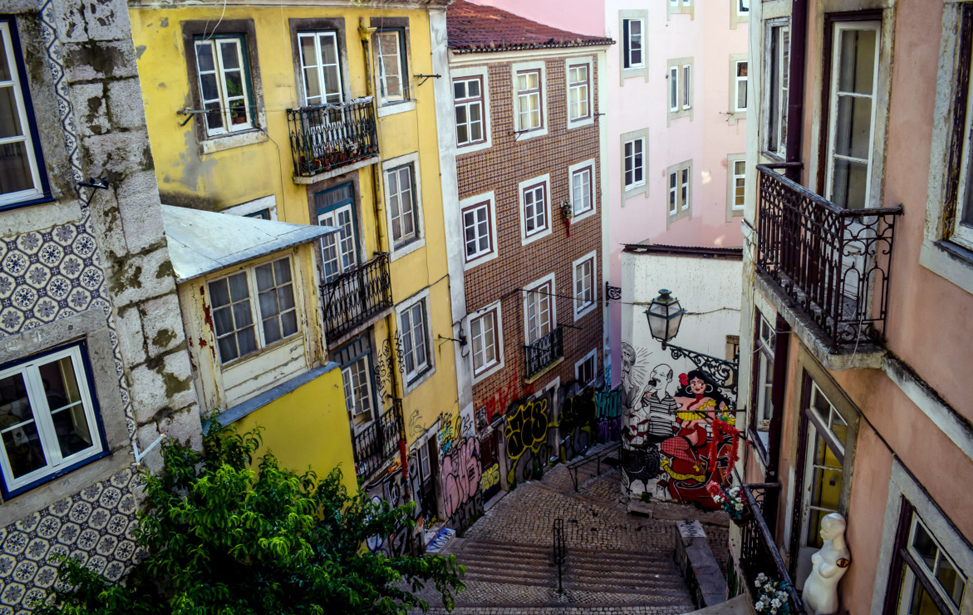


 Lisbon Card Discounts
Lisbon Card Discounts








